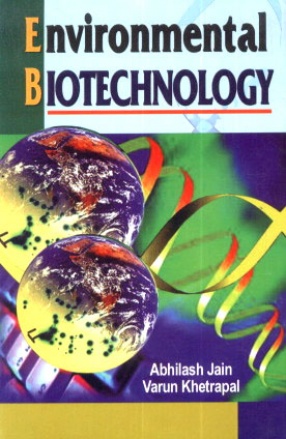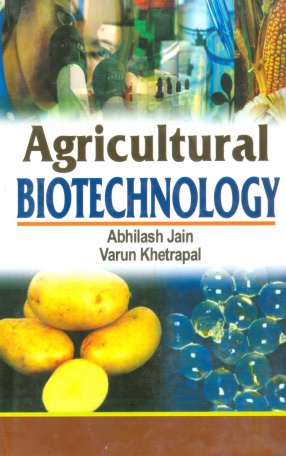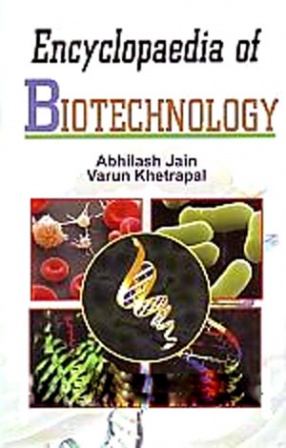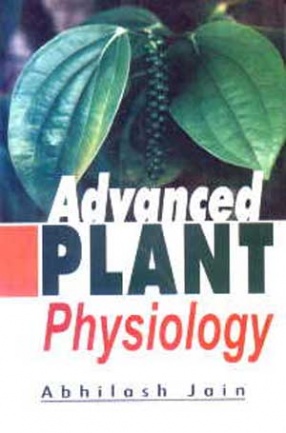
Showing all 4 books





Environmental biotechnology is defined as the development use and regulation of biological system e.g. cells, cell compartments enzymes for remediation of contaminated environments and for environment friendly processes. It is the multidisciplinary integration of sciences and engineering in order to utilise the huge biochemical potential of microorganisms plants and parts thereof for the restoration and preservation of the environment and for the sustainable use ...

Biotechnology is being used to address problems in all areas of agricultural production and processing. It is being used to develop low-cost disease-free planting materials and is creating new tools for the diagnosis and treatment of plant and animal diseases and for the measurement and conservation of genetic resources. Animal feeds and feeding practices are being changed by biotechnology to improve animal nutrition and to reduce environmental waste.
This book ...

Of the vast numbers of scientific findings made over the last century, perhaps none has improved human health and longevity more than the developments that have occurred through biomedical research using biotechnology. The study of biotechnology has greatly expanded in recent years with the sequencing of the human genome however biotechnology has been around for years. In fact, the food industry has used biotechnology to make bread, cheese, yogurt and drinks for ...

Plant physiology is a subdiscipline of botany concerned with the function, or physiology, of plants. Fundamental processes such as photosynthesis, respiration, plant nutrition, plant hormone functions, tropisms, nastic movements, photoperiodism, photomorphogenesis, circadian rhythms, environmental stress physiology, seed germination, dormancy and stomata function and transpiration, both part of plant water relations, are studied by plant physiologists. This ...
